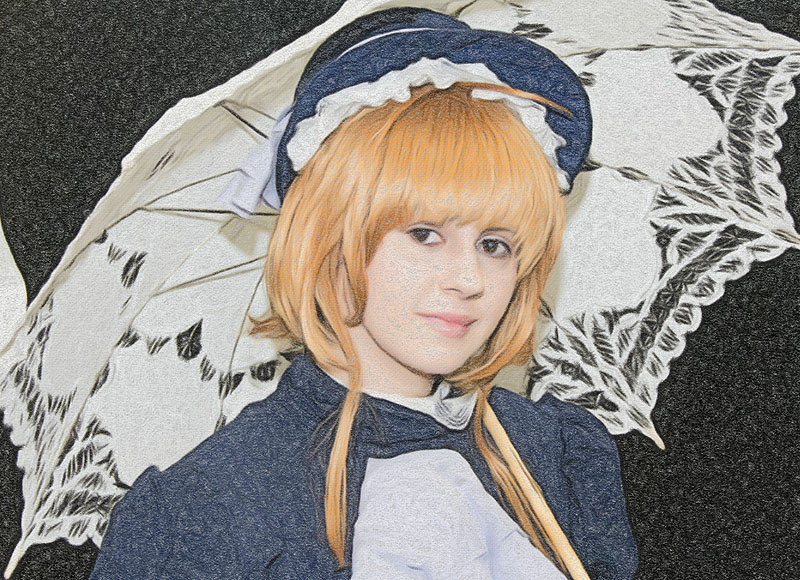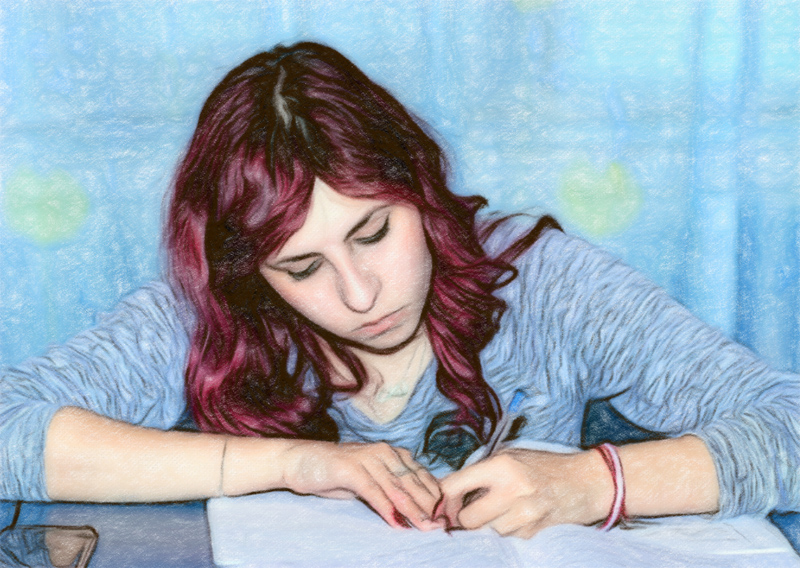Colorful Characters Come Alive
Woodcarvings play a colorful role in my Santa Keeper Mystery series. I write magical realism mysteries in which woodcarvings come to life. Magical realism is to accept magic in the rational world. Also, each unique piece is hand carved and next to impossible to duplicate. This is the magic of the unique figure.
Since I specialize in Santa Claus carvings, July is the time to prepare for my busy season. In August, I put all my other projects down and carve Santas and other Christmas holiday figures. I need to have a large inventory to fulfill the fall and winter markets. I use the summertime to design and create new pieces. By autumn I will have a good selection for the customers. This is much like finding time to start a new story.
Wood carving is an art, much like the art of writing stories. Let’s analyze to see if this is true.
Designing New Pieces
I create new designs to keep my inventory fresh, like brainstorming a new story. I can get ideas for new designs by observing other artist’s mediums such as their paintings, illustrations and photos. Observing other artist’s perspective makes the new design fresh and exciting. I look for color trends, decorative embellishments, repeated patterns and new techniques. I have other inspirations that come from many sources like: nature, wall paper, catalogs and others. Interesting, I also use so many points of observations to hone in a new character.
For example, I have a coffee mug sitting on my paint table right now so I can look at the pattern. The decorative border that runs around the mug also has an interesting pattern. I want to imitate the color and design on a Santa’s coat trim. It won’t be an exact imitation but more of an inspiration. Last year I purchased an old ugly sweater at a garage sale for two dollars. I examined a row of snowmen dancing across the chest. The sweater is ugly but the snowmen pattern is cute.
Once I have a design in mind I sketch it out with pencil and paper. I keep in mind the nature of wood to create a superb design. Once I have a design I create a pattern and cut it out to apply to the wood.
Wood
For most of my carvings I use basswood, also known as American linden. The wood is pale tan with fine close grain. A wood carver can cut into basswood with ease with hand tools and chisels. My basswood comes from northern Minnesota. The best time to harvest basswood is in February when it is cold and the sap is not running. The cut pieces are air-dried or kiln dried.
For my Santa carvings, I will find a piece suitable in size and carve-ability. Most of my Santa carvings are between 8 to 12 inches in height.
I attached the paper pattern with glue or tape and trace the outline of the pattern on to the wood. I then go to the band saw and cut out the rough shape. This would be like the drafting process. I know where the completed work needs to go from here.
Tools
Like a writer who has many tools to complete her story, I also use hand tools to carve such as knives, chisels, gouges and pencils. Some carvers use power rotary tools. I use power tools only when I want to carve harder woods like walnut, cherry, oak, maple, or ash. Keeping the tools sharp is important for the ease of carving and to make clean cuts. Tools must also be sharp for safety. I use a pencil to establish the center lines and mark the wood where I plan to cut. The center line shows the carver direction to make cut. If I ignore the center line the carving may come out lopsided.
There are many rules and guidelines to follow when carving faces. I want to keep the wood carved face anatomical correct to insure a balanced face. I observe the width of the eyes, how to place and shape the ear and the width of the mouth as a few points of measurements. There are many levels of reality when carving faces. Some faces are caricatures, realistic or distorted to achieve humor or fright. With Santa carvings, the expression is important. A carving with a Santa expression of a ‘jolly old elf’ is the most desirable. As in writing, describing the right expression will add realism to your character.
Painting and Finishing
Before I paint I clean the finished carving and give it a protective finish before I paint. Next, I use acrylic paints to color and enhance the wood carving. I have taken several painting classes to learn techniques to gain confidence. Some of my carving colleagues fear the painting process. They have storage bins of unfinished and unpainted woodcarvings. Painting a piece is a challenge and a pleasure, like creating colorful characters when I write. I can’t wait to try new color combinations and designs. Like a character for my stories, there are many layers to his personality and helps make the story have more depth.
Once the paint is dry I spray on another protective coat. Then I apply a stain or colored wax to achieve an antique look. I buff the carving when I’m finished. All that’s left is to enter the carving into inventory, price the carving and place that carving in the box ready for sale. I have a sense of accomplishment finishing a carving like finishing a story. I’m eager to see what the beholder thinks.
Time
Many times, people ask me how long it takes to carve a Santa. This question is difficult because there are so many steps involved to finish the carving. The answer depends on size, level of difficulty and my daily interruptions. And in my case whether the carvings speak to me or not – they can be so distracting.
Carving Santa characters is much like creating a story and the characters involved. With both, I start with nothing and create something alive and have meaning. Both should, and I hope give joy to those who possess my work. Well, back to carving the next.
The Writing Thief: Using Mentor Texts to Teach the Craft of Writing


A book in itself is unlikely to make or break you, but it is a powerful extension of your business or blog. More…
Tell everyone about your stories. More…
Need more help brainstorm the character traits in your story? More…
Don’t forget to edit your colorful character’s story. Do you use too many adverbs? Are you using the right words to describe them? More …
Start Writing Now – This book is for the dreamers who say one day they will write their stories and become a writer. Then they forget their dreams of writing. But they can write now – write those stories now. I mean right now.
How Not To Write A One Star Novel – Do you want to create a five star novel? Learn from other writers’ mistakes and prevent yourself from receiving any one star reviews for you hard work. Here is your free e-book.
R. M. Scott Author Site



















